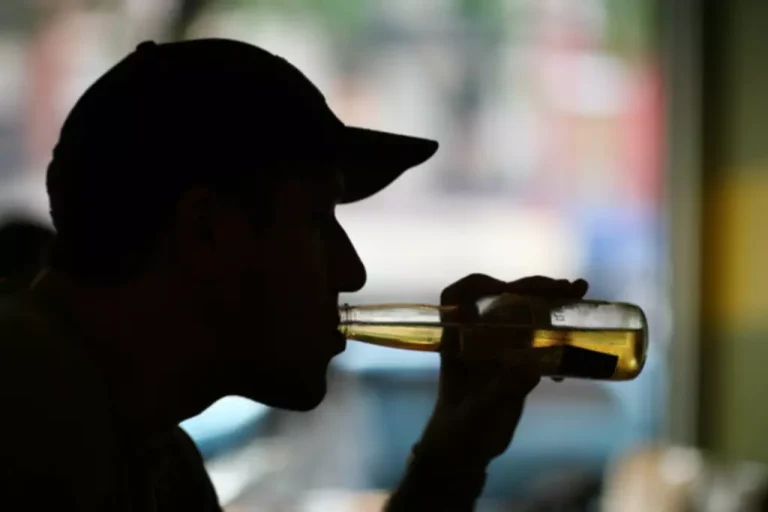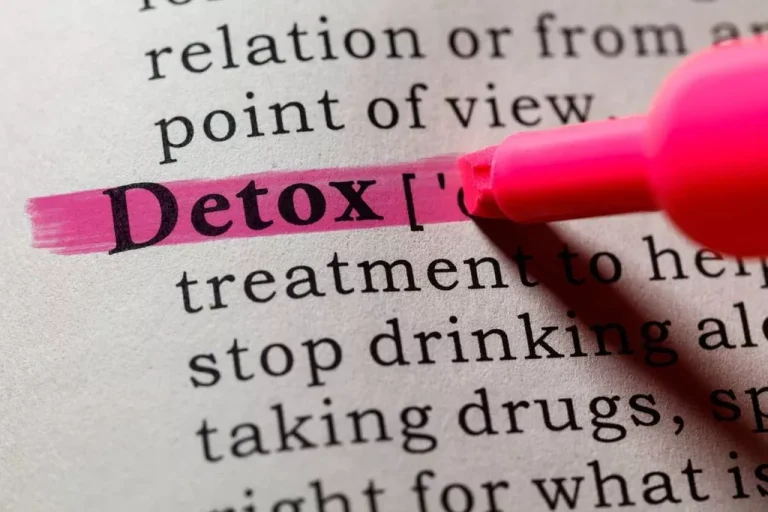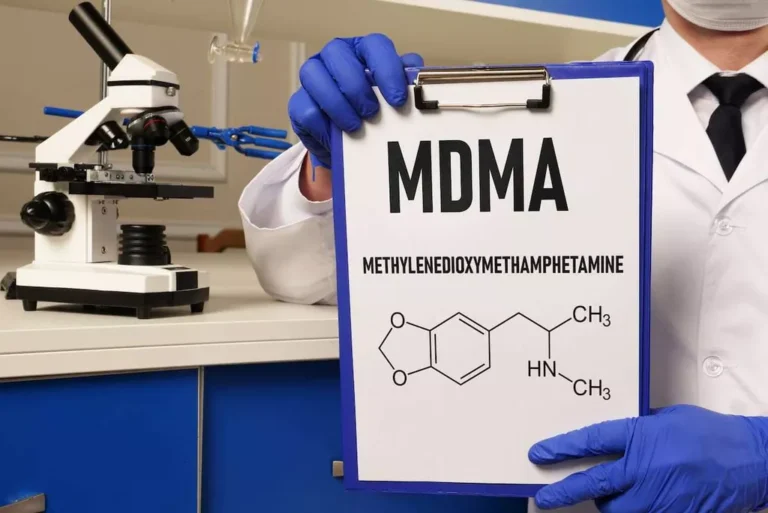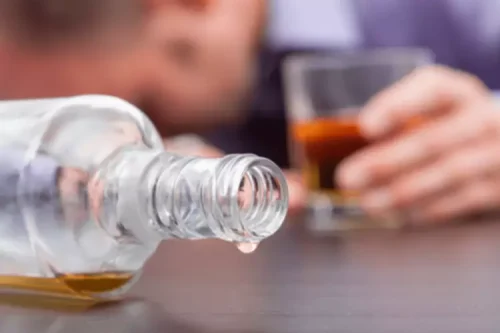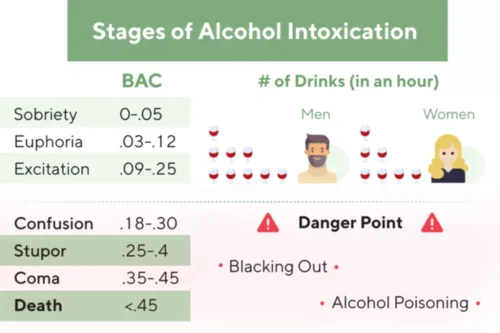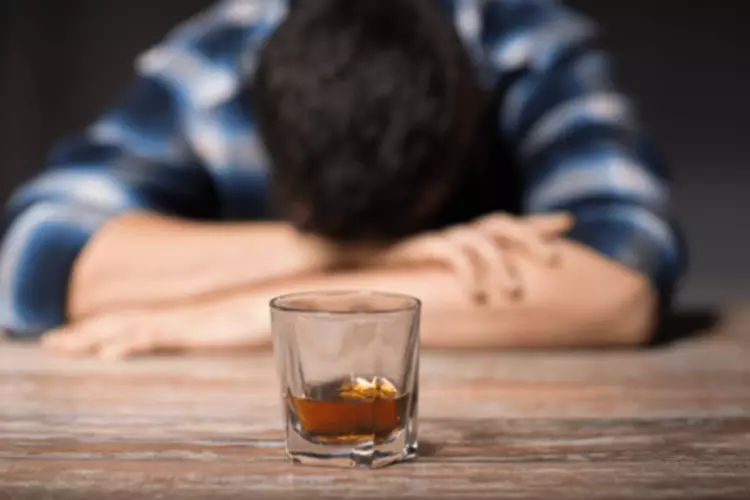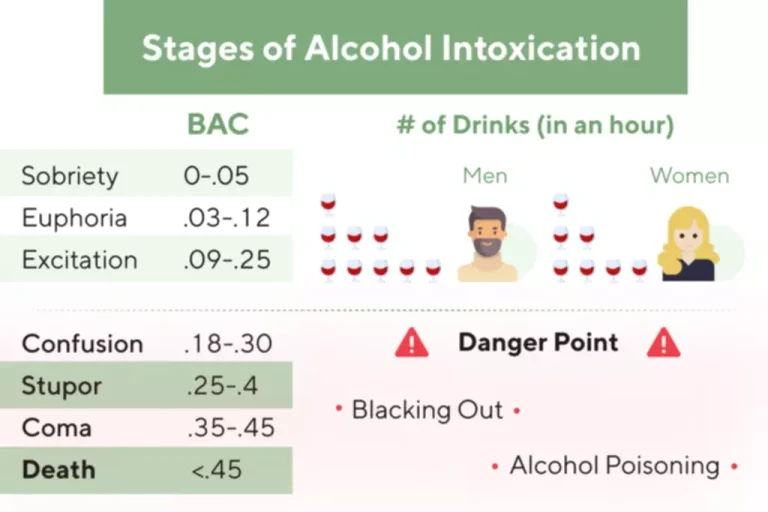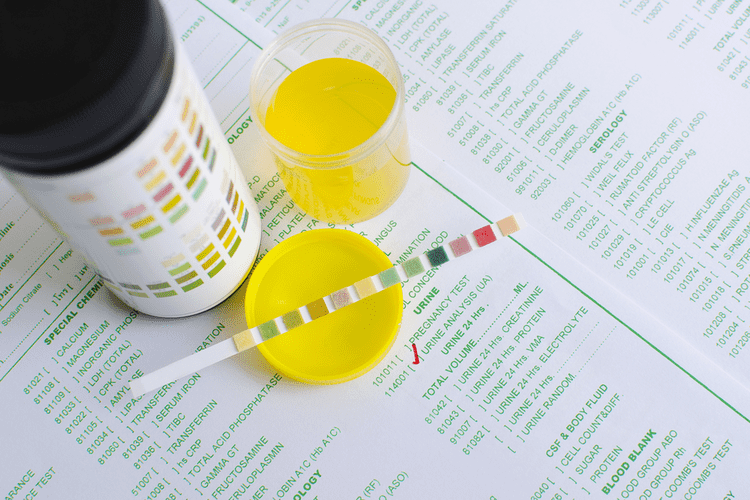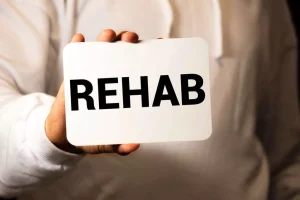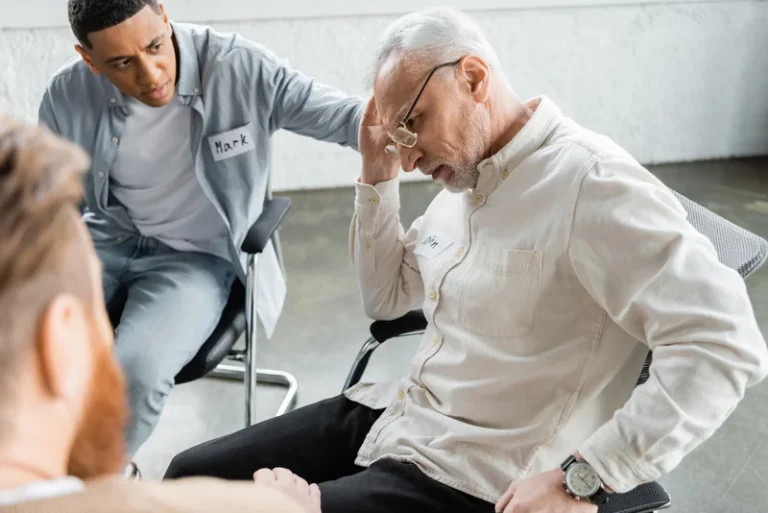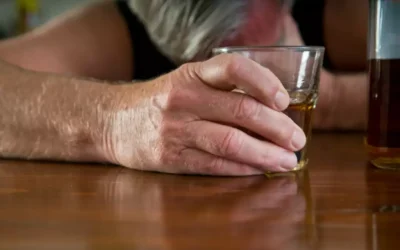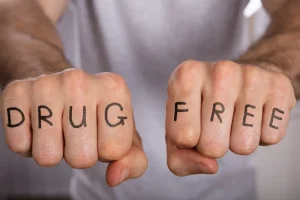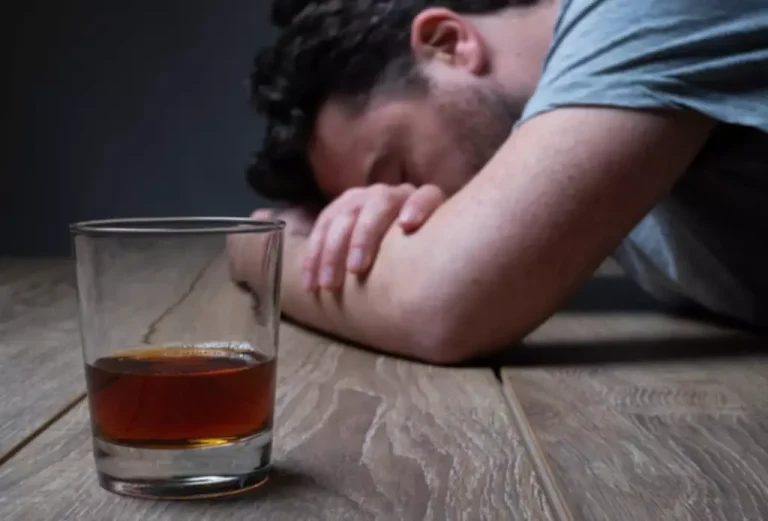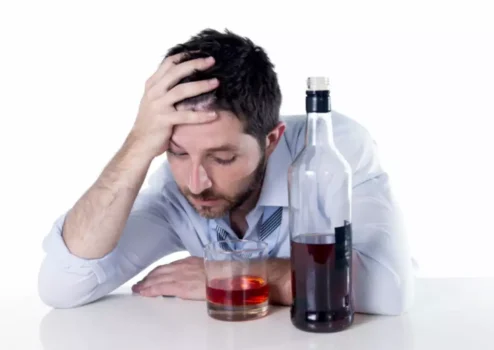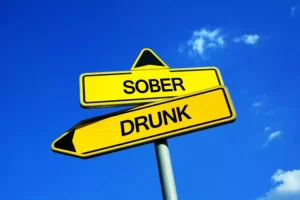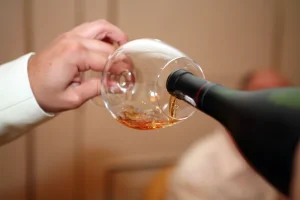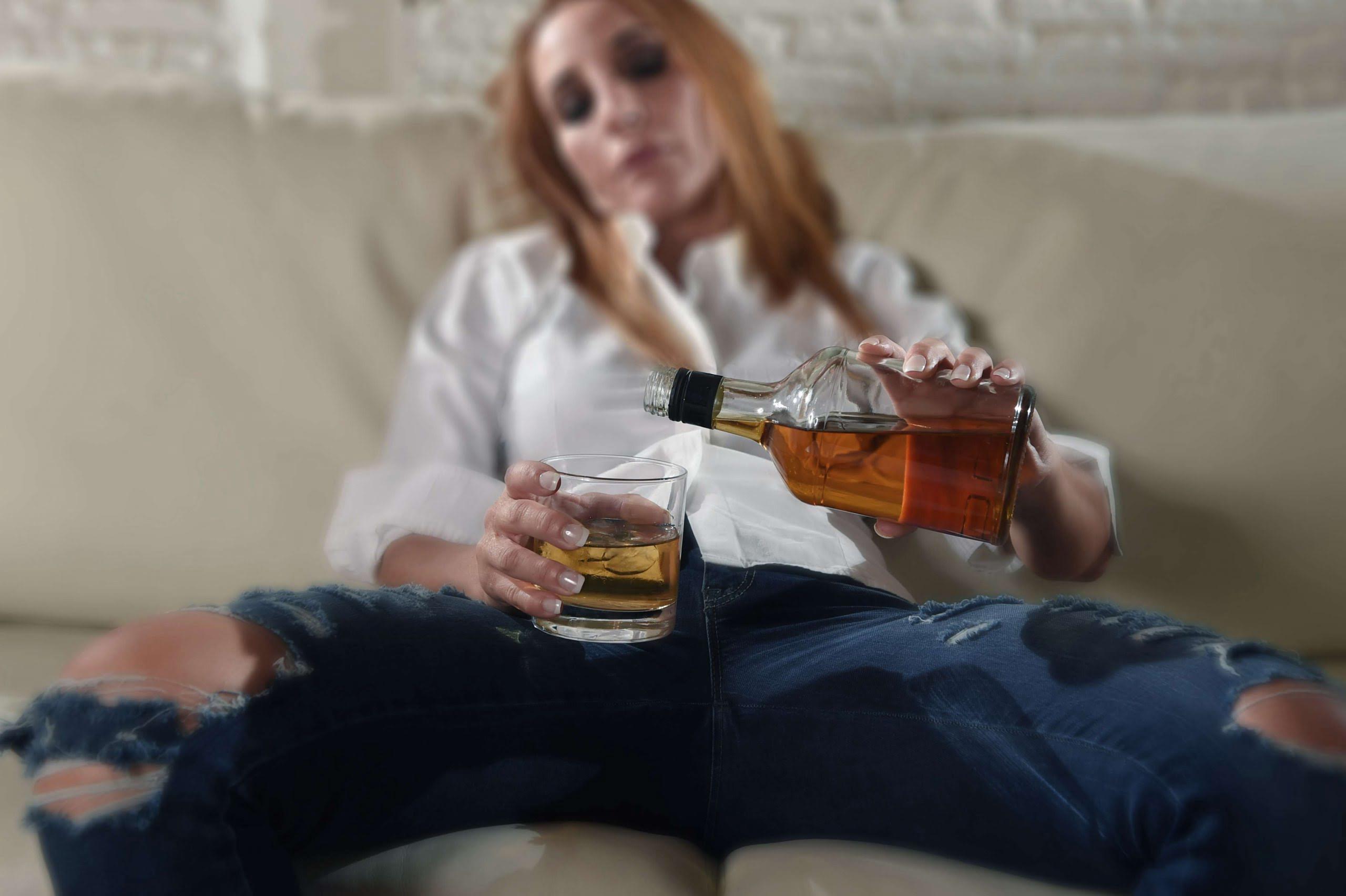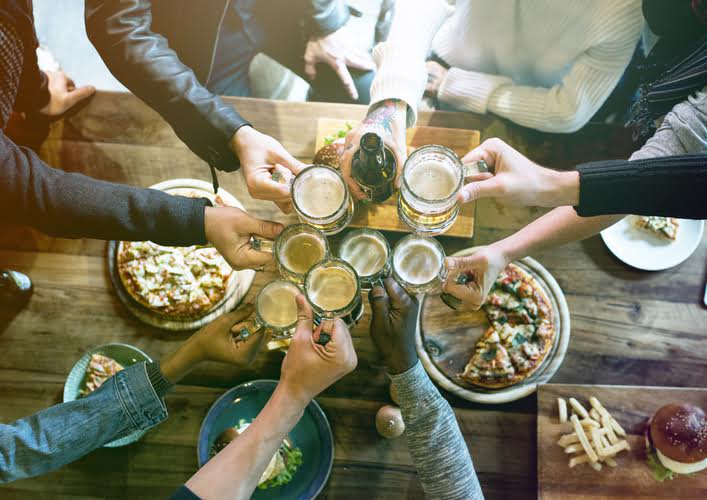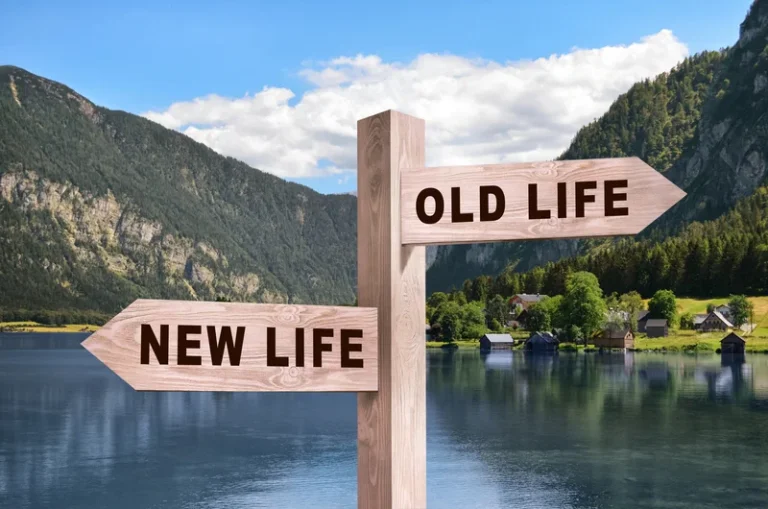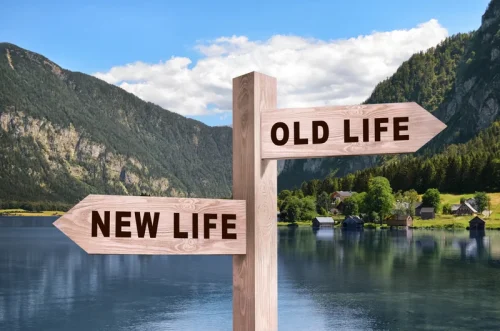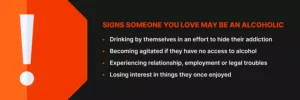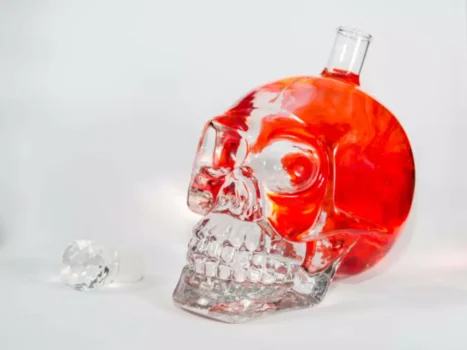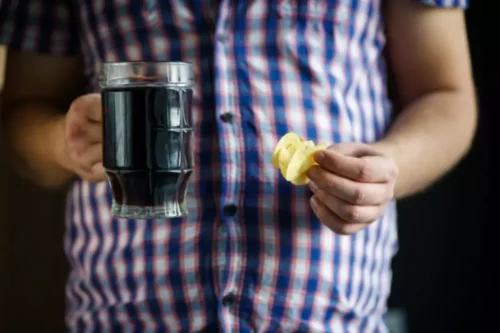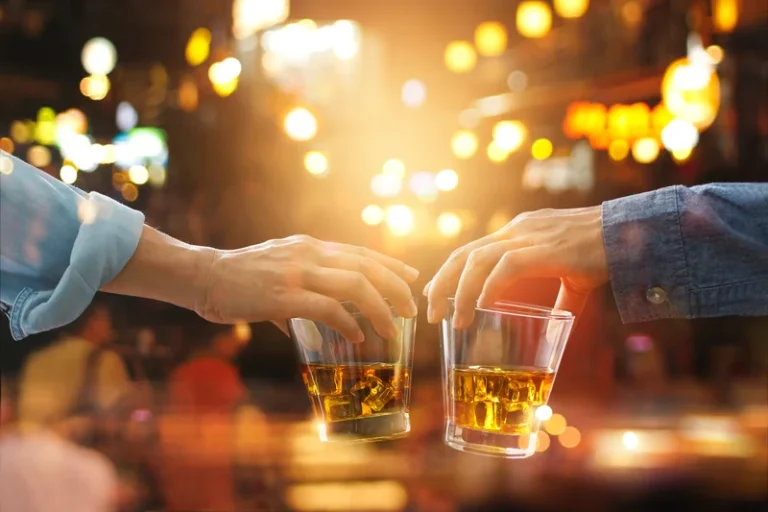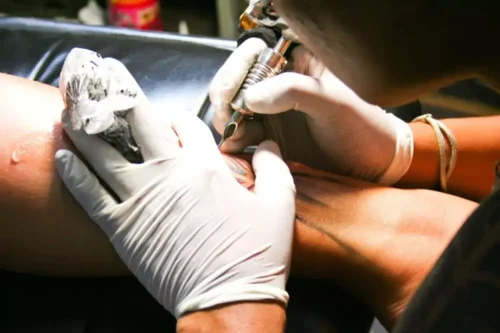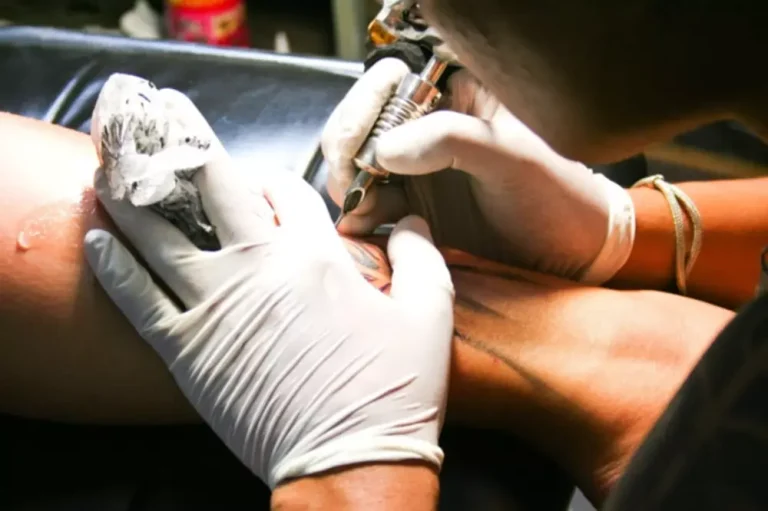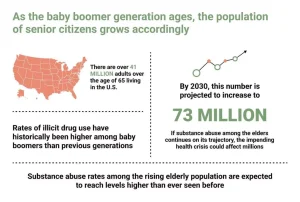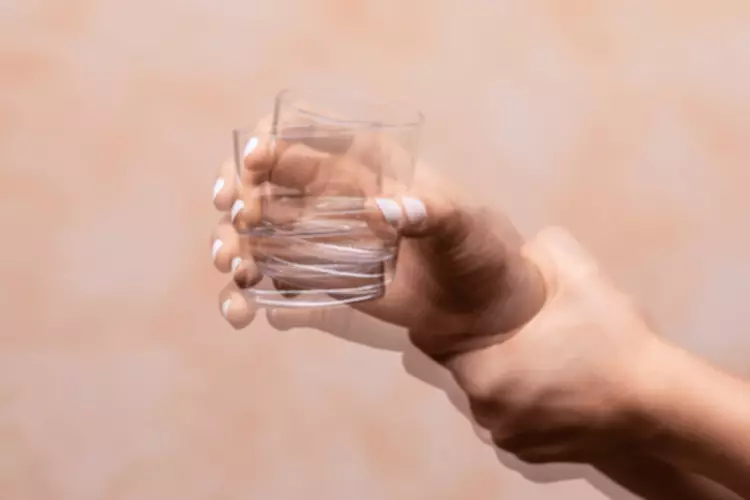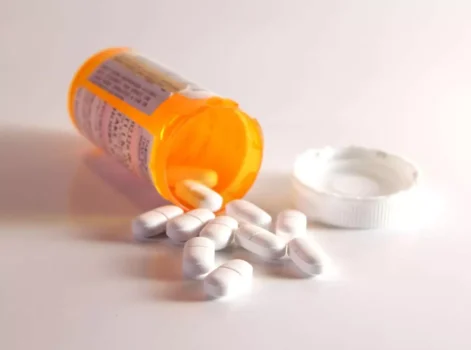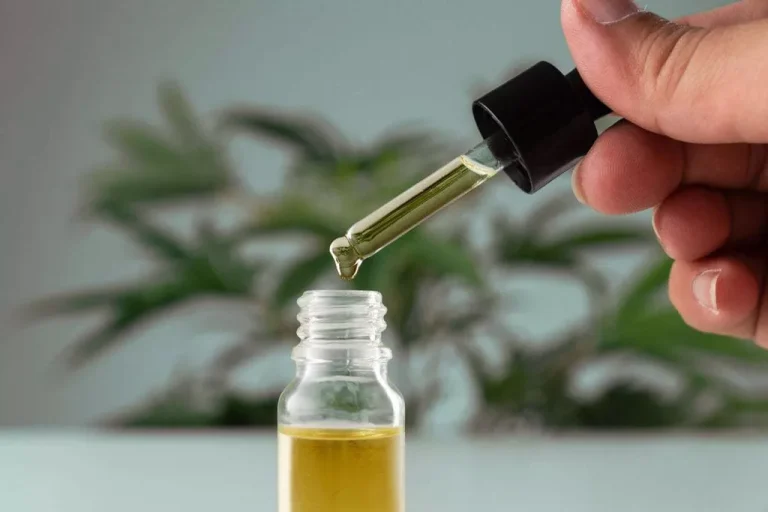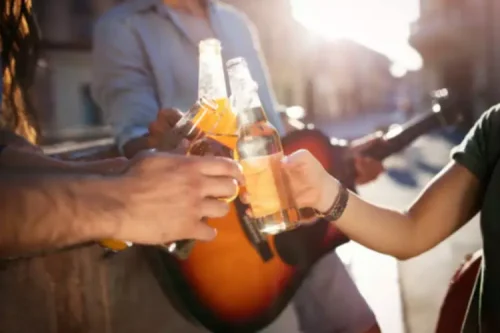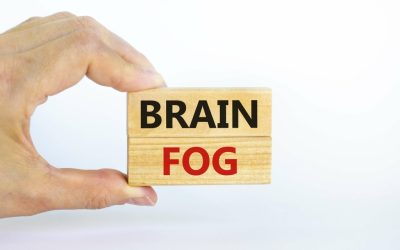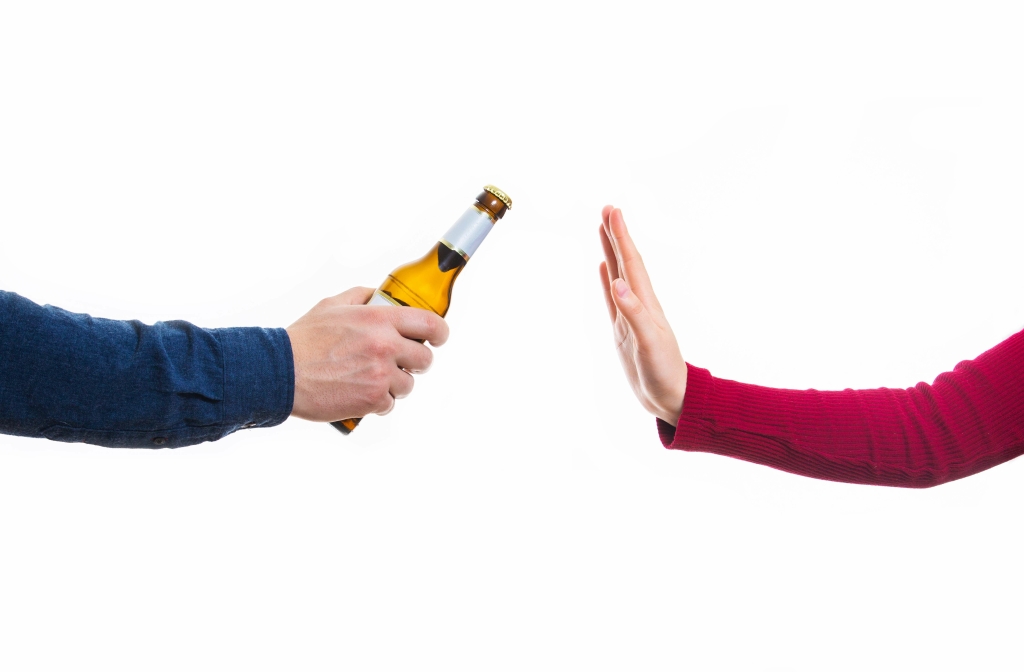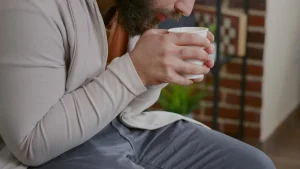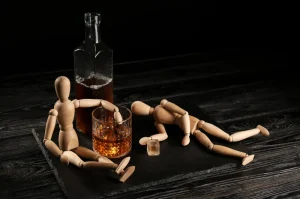It is important to be aware of the normalcy of experiencing difficulties during this phase and to avoid becoming discouraged or overwhelmed 1. By managing unrealistic expectations and understanding that recovery involves ups and downs, individuals can better navigate the pink cloud phase without setbacks or relapse. By being aware that what you are experiencing is a normal part of recovery, you can avoid potential setbacks or relapse. Pink cloud syndrome, also known as “pink clouding,” refers to a “honeymoon” stage of early addiction recovery that involves feelings of optimism and exhilaration. The term is often used in Alcoholics Anonymous (AA) circles to describe members who are unrealistically happy and overconfident in early sobriety.
Even though recovering addicts feel on top of the world during the pink cloud recovery phase, it will eventually go away. Recovering from addiction is a long process, and one shouldn’t expect to get free of it in a matter of days. If you or a loved one is struggling with substance use disorder, Charlie Health is here to help.
The newfound clarity and freedom from substance abuse can trigger a psychological high. This shift in perspective often leads to Pink Clouding as individuals embrace their new reality with enthusiasm. This gives you the strength and emotional fortitude to face the challenges ahead.
- When you think of pink clouds, you might think about looking up at a beautiful sky, feeling happiness, and forgetting about the world around you.
- Don’t navigate this journey alone; call us today for expert guidance every step of the way.
- It’s a mania that the release of cleaning up brings you, opening your eyes to a world of happiness that was blind to you for so long.
- Other times I had to white knuckle my way through the first few weeks before I experienced the pink cloud high.
- The false beliefs place us in a precarious situation, where we believe we’re protected based purely on our good feelings.
That clarity and peace may give way to extreme joy that is difficult to maintain after the first early days of recovery. The duration varies, but it typically lasts from a few weeks to several months, depending on the individual’s journey and support system. Being aware of the warning signs of Pink Cloud Syndrome is crucial. Identifying overconfidence and emotional volatility early can help prevent relapse.
The pink cloud phenomenon is an individual process, and its duration can vary between persons. Some people that have lost everything can be happy for years during recovery; others can come back to reality soon after detox. Enrolling in aftercare programs is advisable for such patients to avoid relapse after completing a substance abuse treatment program. Unfortunately, sometimes pink clouding can result in unrealistic expectations that lead to feelings of shame or guilt if the person relapses. Developing coping mechanisms is vital for managing the emotional highs and lows of Pink Cloud Syndrome. Techniques such as mindfulness, meditation, and regular therapy sessions can help individuals stay grounded.
The Emotional High of the Pink Cloud
This exhilarating experience can strengthen their commitment to sobriety and provide the motivation needed to continue on their recovery journey. Therapy, treatment plans and peer support programs like AA are designed to help a person through the steps of recovery and avoid the pink cloud. The Pink cloud of recovery can be managed if the person realizes what they are experiencing and has the tools to stay on track. When the happy feelings fade, and the person is left to face the reality of their recovery path, they may resort back to substance use to cope with those feelings. Navigating the emotional highs and lows of early recovery can be challenging, but understanding the Pink Cloud phenomenon is crucial for long-term sobriety.
Find Drug Rehabilitation Centers Near You Anywhere In the US
However, disconnecting during this period can leave you very vulnerable once the positive feelings subside and the dark clouds come rolling back in. As individuals navigate their journey of recovery, seeking support becomes a crucial aspect of maintaining sobriety and preventing relapse. Establishing a strong support system and utilizing relapse prevention techniques can significantly contribute to the long-term success of recovery.
It’s a time when you feel positive and optimistic about the future – something not everyone experiences when they quit drinking. Other times I had to white knuckle my way through the first few weeks before I experienced the pink cloud high. If you’re riding the pink cloud of sobriety right now, you might feel like you’re in an adrenaline rush.
Early Recovery Phase
This expectation Cannabis Marijuana National Institute on Drug Abuse NIDA can lead to numerous pitfalls when our emotions begin to catch up to us, and it’s the main reason that so many people relapse between 3-4 weeks sober. It is important to remember that recovery is a journey, and the support of others and the implementation of long-term strategies are key to sustaining recovery momentum. To cope with the transition out of the pink cloud phase, it is important to develop healthy coping mechanisms and strategies. This may include continuing therapy, engaging in self-care activities, and seeking support from a strong network of individuals who understand the challenges of recovery 3. As individuals progress through recovery, they may experience a phase known as the “pink cloud.” This phase is characterized by a sense of euphoria, optimism, and motivation.
Perhaps you’re in the early stages of navigating an alcohol use disorder recovery program, or you’ve decided to get sober on your own. Either way, there’s a good chance you might experience a phenomenon called pink cloud syndrome, a “high on life” feeling that often occurs during the early days of sobriety. Pink cloud syndrome (PCS) or “pink clouding” refers to a phenomenon where a recovering person feels exhilaration and enthusiasm for addiction treatment during early recovery. Whether you’re in some kind of addiction treatment program or you’re simply participating in a tried-and-true 12-step program, you’ve likely heard the term “pink cloud syndrome” thrown around a few times. Pink cloud syndrome is when a person feels exhilarated or overjoyed during their first stages of recovery from a substance use disorder.
Feeling optimistic and hopeful and happy that healing is starting is a great thing. When a person is looking forward to their recovery journey, it can also inspire them to change their perspectives and commit to their goals. The drug and alcohol withdrawal stage can be very uncomfortable and difficult to get through. Once a person gets through this difficult stage of recovery, they may find more clarity and peace as their body is rid of the substances.
